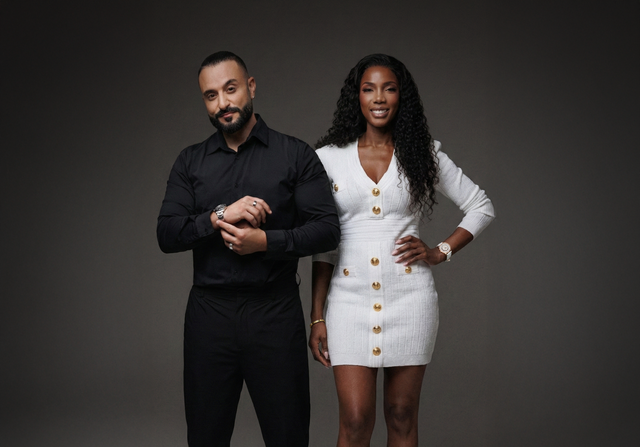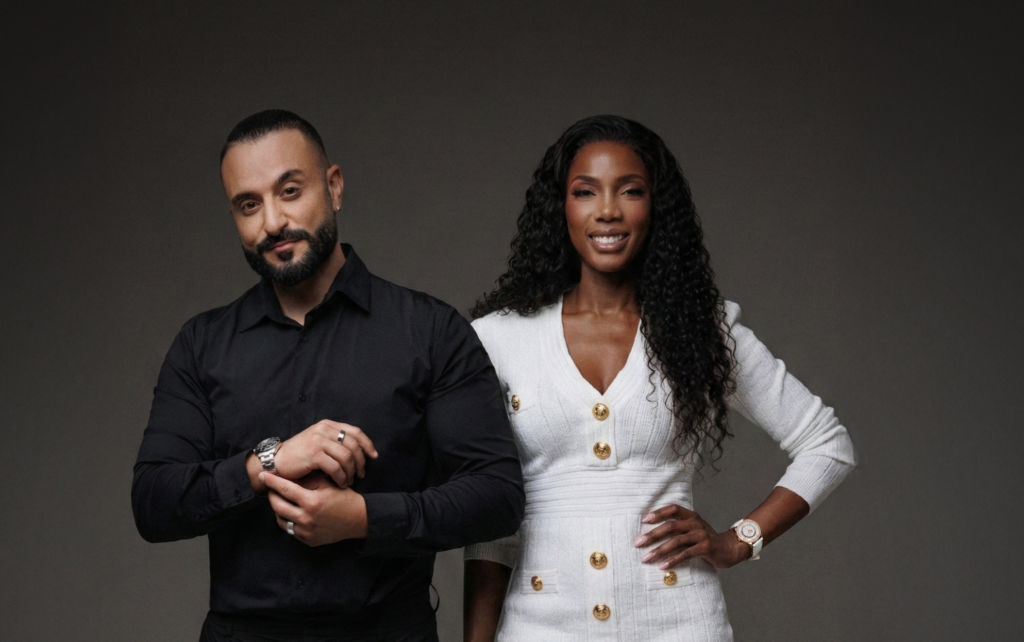By Ayman Jaber, founder, and ECD of INTEGR8
When it comes to industry awards, marketers often disagree on the significance of touting a crystal trophy. Some believe that the award is a testament to their creativity, effectiveness, and overall superiority. Others see it as nothing more than a fabricated PR gimmick that was most likely paid for. And most commonly, there are those who belittle its importance; they whittle it down to a sham popularity contest, while secretly hoping that one day they would be up on that stage receiving one of those trinkets.
While each of these views holds some truth, the reality is that the true purpose of the award show doesn’t matter.
Being recognized for a business strategy or a specific campaign concept is, in itself, proof that you did something right.
While there are certainly some organizers that turn these award shows into bidding contests, there’s an important element that marketers tend to forget about: the judges.
Having judged at the International Business Excellence and Gulf Customer Experience Awards for three years in a row, I can testify that the organizers’ unofficial purpose was never a factor that played a role in the decision-making process. My main mission was always to look at the criteria, and select only those who have shown true innovation and creativity.
The most innovative campaigns in the region have always been international ones that have been adapted for the local market. And for once, I wanted to find a concept that would be adapted across the world.
While evaluating marketing strategies and ad campaigns, I always ask myself three questions:
- Is the concept strengthening the brand?
- How was data used?
- Is the concept truly innovative?
There are case studies that are so far from the brand that they could be used by a competitor and still work. There are others that rely strictly on the marketers’ opinions rather than on actual audience data. And there are those that do the bare minimum without displaying any creativity.
How to plan
Regardless of how you feel about award shows, if you are entering one, you have to build every campaign as if it were a winning entry. By doing so, you’ll be putting a lot more thought into your process. You won’t only have to sell it to the client, you’ll have to convince other creatives and professionals that it works. Additionally, it’s a great way to break up your planning structure. Often, we start with the creative concept and then build everything else around it. In order to justify the creative aspect, we tend to mangle the business objective, manipulate the data, and even distort the essence of the brand.
Every award category has its own criteria, however, a few remain consistent across different categories as well as competitions. These questions are the ones you should be asking yourself, long before a creative concept pops into your head.
- Business objective
What is my brand trying to achieve?
While it goes without saying, jotting down the business objective of a specific campaign should be the first section of any strategy brief. Often, marketers create the entire strategy, and then define the objective in a way that matches the idea. Judges look for a clear business objective that was then translated into a creative concept, and not the other way around.
- Use of data
In today’s industry, it’s all about the numbers. Gathering audience data is key to developing successful strategies. For the most part, I’ve seen entries that present generic insights about the use of Facebook in the region, while others come in with unverifiable numbers to justify the creative elements. Simply put: invest in primary research. When we think of data collection, two aspects come to mind: preliminary research and post-activation analysis. There’s an important stage that is often left out: pre-launch research.
How do we know if the key visual or if the video concept will resonate with the target audience? This is where focus groups and interviews come in. By displaying the different assets to a representative group, marketers are able to gauge their success pre-launch and modify them accordingly.
- Creativity and innovation
Willingness to take risks is what sets great campaigns apart from good ones. While there are certainly a few great examples of creative marketing in the region, it’s still not enough. I’ve assessed a lot of entries that seem innovative at first, only to discover that the concepts were executed somewhere else in the world by other brands. Often, it’s just a case of cryptomnesia where the idea appears new; when in reality, it’s something that the marketer has come across in passing.
Creativity can also go beyond the key visual and concept. Use of data, creative research methodologies, and placements are criteria that are also taken into account. The ability to reach your audience at the right time and in the right place shows true innovation.
A great example
One of the best entries I’ve come across was submitted by a financial brand that focused on enhancing the daily activities of its customers. The brand partnered up with a number of restaurants to launch a program that offers discounts to patrons who use the bank’s credit cards to pay for their meals.
Based on the data the bank gathered, it was able to pinpoint how and when customers choose which card to use once the bill shows up. As soon as customers finished their meals, they saw messages printed directly on the plates prompting them to use the specific card for payment, which would yield discounts.
The placement of the message was truly innovative. They were able to reach customers at the exact moment of making a decision.






